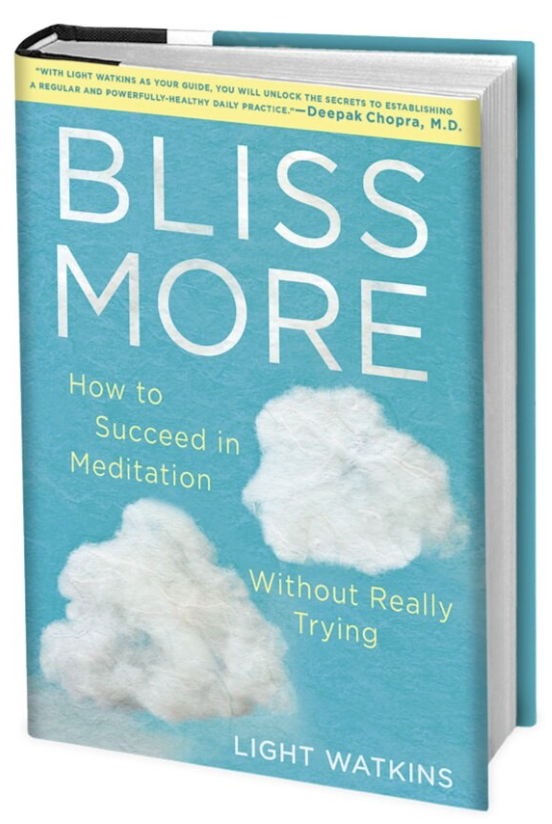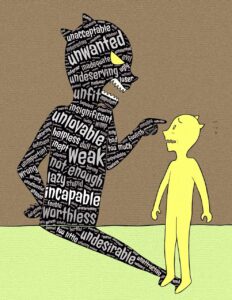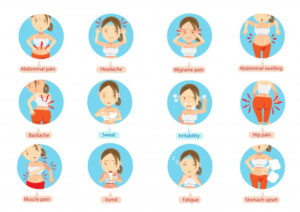Hi there friend,
In my practice, I take care of women, and I also advise on, instruct on and model self-care practices. I recommend remedies for chronic and acute cases, and I encourage and support a self-care mentality, in which each person takes responsibility for all the small ways their health can be maintained, improved, and optimized.
I have quite a few daily practices that help maintain my mental and physical health and increase my quality of life. In this self-care series, I’ll be sharing and explaining some of these practices that I have incorporated into my daily routine. You’ll find both scientific and anecdotal evidence in my short essays on these practices that have changed my life for the better.
Today’s focus is the practice of meditation.
I can pretty much guarantee that if you’re my client, I’ve suggested meditation. I’ve encouraged meditation. I’ve prescribed meditation. I’ve practically forced meditation. By now, I’m used to the resistance I get. Oh yes, I see you gazing into the middle distance trying to evade detection.
I’ve heard all the reasons meditation is so impossible. Well, I also thought meditation was impossible. And I tried it anyway. Granted, it took me many years to give it a real go. What changed? I was inspired by a podcast in which the benefits of meditation proved too tempting to pass up. I really wanted to feel better.
If you want to feel better, I suggest abandoning your preconceived notions about what meditation is and sit down and try it. The mental and physical health benefits are undeniable. What’s even more important is that meditation is the antidote to our chronic toxic stress. Most of the clients I see are suffering from stress that is not balanced by an adequate level of recovery. We need to recover and allow the parasympathetic side of our nervous system to activate! We can’t rest, sleep, digest, and make connections without the parasympathetic system. It’s an essential part of an optimal life!
I did it, and so can you.
After I got inspired by the podcast, I just decided I was going to start meditating. I read Bliss More and learned what to do. I started with 15 minutes once a day and committed to do it every single day. I did not use an app or music or the sound of chirping birds and waterfalls. I sat silently and followed Light Watkins’ advice to just be; to breathe and allow whatever happens in my mind to happen. Light says it’s important not to have judgment about your thoughts. He suggests an E.A.S.Y. approach: embrace, accept, surrender and yield to your thoughts. Light’s approach is so easy, it is literally impossible to fail. Got thoughts? Success! Got no thoughts? Success! Thinking about thinking? Success! Check out Light’s meditation instruction here.
Here’s how to succeed at meditation:
Make it a habit by doing it at the same time every day.
I do it as soon as I wake up. I brush my teeth, then choose somewhere private, as I don’t want to be disturbed while I am meditating. Boom, it’s done.
Get comfortable
I meditate sitting up in bed or in a comfy chair. There is no need for straight backs, pretzel legs and fancy fingers. How can you meditate when you are uncomfortable? I just don’t understand.
Be E.A.S.Y.
If I have thoughts, so be it. If I don’t have thoughts, so be it. If I fall asleep, that’s ok! Sometimes the time seems to speed by. That feels good. Yay!
Be non-judgmental
I only judge if I did or did not meditate, not the quality of my meditation. I am not worried about becoming a “good meditator.” I’m neither good nor bad at it. I am just doing it and getting on with my day. Emily Fletcher says, “We don’t meditate to get good at meditation, we meditate to get good at life.” What a relief! I don’t have to be good at it, that’s one less thing!
Place an order with the cosmic waitress
When the meditation is done, I spend 2 minutes manifesting. What’s manifesting? That’s when you visualize your goals or your dreams or things that you’d like to manifest in your life. This is you placing an order with the cosmic waitress. The moment just after meditation is a great time because that’s when she’s standing at your table with her notepad. The cosmic waitress is bringing you something one way or another, so you might as well ask for the thing you want!
Here is how this practice has impacted and improved my life:
Less reactive
I am far more likely to remain calm in the face of foolishness, mistakes, and challenges. I’m not saying I never react, but I’m less likely to react. For example, my family and I had to move in with my mother for a few months, and I was able to live gracefully with her, even though we are very different people. We have even remained friendly!
Less controlling
I had a profound breakthrough in my understanding of my own anxiety and need to control the outcome… of everything. I actually do not need to control everything anymore. Don’t be fooled, I still need to control some things. But, let’s not let perfection be the enemy of good.
More accepting of what is
My New Year’s resolution this year was to be OK with anything that happened. Because I have more time to think before reacting now, I am able to remind myself of this resolution when situations arise. I have so many opportunities to fulfill this resolution!
More even tempered
I am more likely to respond with humor, calm and acceptance to life’s vicissitudes. My early parenting years had many more moments of anger and stress than I have now. I noticed when my son got melted chocolate on the sofa that I didn’t have the reaction I had the last time that happened. That’s when you can really see the effect of meditation, when you don’t do something that you used to do.
Straight from Light Watkins, meditation teacher:
• Meditating should not feel like you’re putting together IKEA furniture. You don’t have to do anything or figure anything out. And unlike the furniture, you can’t really screw it up.
• When you sit to meditate, are you rigid or are you relaxed? If you have a more relaxed posture, you will position your mind to become more settled.
• To go “deep” in meditation, you want to practice adopting a genuine attitude of nonchalance around the desired outcome of going deep. And the moment you truly stop caring about whether it happens is precisely the point when it happens.
• In order to allow your mind to settle, you should stick to a routine of using the same technique around the same time of day, back-to-back-to-back. Consistency is key when it comes to achieving a settled mind in meditation.
Studies showing improvements in health from meditation:
• Improves sleep quality and reduces the amount of sleep needed.
• Reduces stress and increases resilience to stress.
• Decreases risk of mortality, heart attack, and stroke.
• Increases resilience and well-being.
• Decreases rumination and focus on the self.
• Improves problem-solving abilities.
Resources:
• Light Watkins Community
• Light Watkins 7-day kickstart meditation program
• Light Watkins – Bliss More: How to Succeed at Meditating Without Really Trying
• Dan Harris – 10% Happier
• Emily Fletcher – Stress Less, Accomplish More
• Tara Brach
Make the time, reap the benefits.
Love,






